Many years ago, as a young volunteer firefighter I went to a particularly nasty fatal job. It was one of those ones that lives on with you long after the truck is back in the shed. A heavy vehicle lost control on a steep arterial road and hit several cars before crashing into a house. There were multiple deaths at the scene, including a child. I was directly involved in the search and extrication of the deceased.
Truth be told, I shouldn’t actually have been there. I was supposed to have left the District Office, where I worked, five minutes before the call came in, but I was running late and the ‘000’ buzzer sounded as I was packing up my things.
I was just 18.
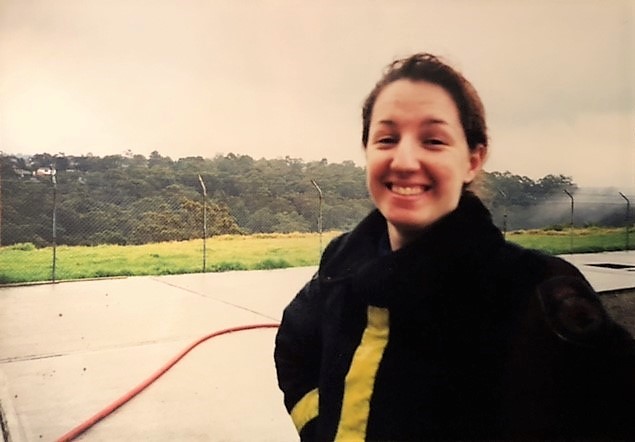
It was a defining moment in my life and one that significantly shaped my future and influenced relationships with family and friends in the aftermath. Sometimes, even now, I can still hear the trip of the buzzer and the flash of the yellow ‘job’ activation light. I can also vividly recall the sounds of the grief stricken on site.
Looking back, I struggled through dealing with the days, weeks and months following that accident. And with the understanding that comes with age, I know I was woefully underprepared for what it would do to my mental wellbeing.
To this day, talking about it can bring up feelings, emotions and memories I need to acknowledge and accept with kindness and care. I’ve talked to the professionals and am very lucky to have life long friendships with those who were with me on the truck that day.
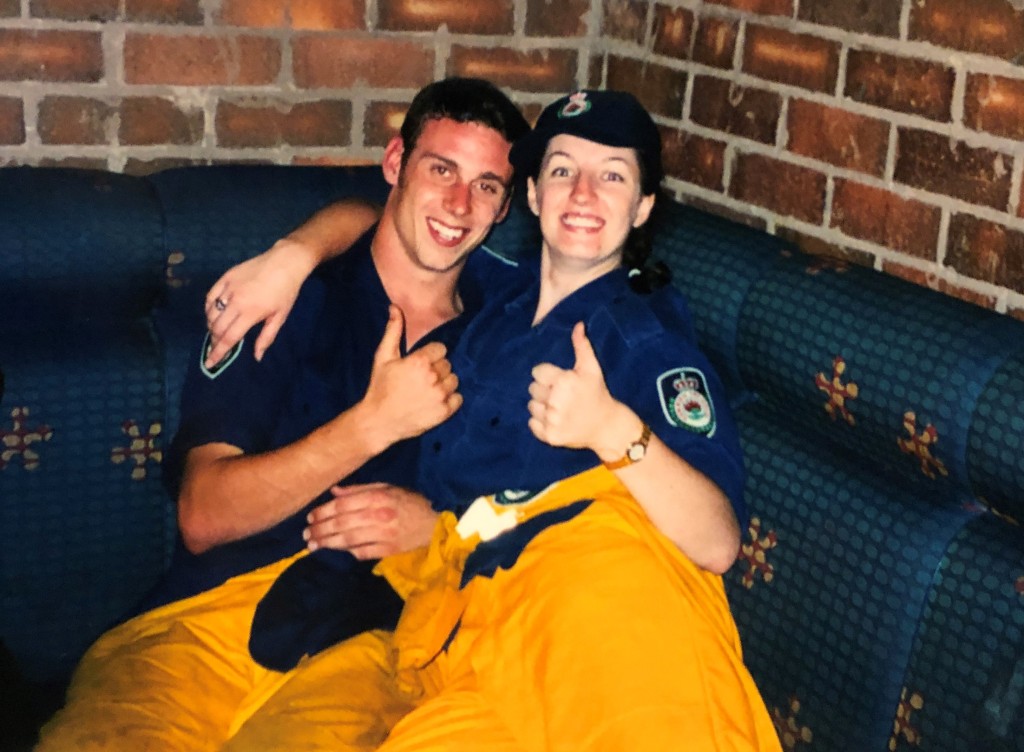
I am a strong advocate for mentor support and a ‘buddy partnership’ for all new members of emergency services, but in particular, those under the age of 25. The nature of what we are asked to do for our communities has become more and more challenging over the last three years especially. I often think about how someone with a fresh ‘Basic Firefighter’ or ‘Job Ready’ qualification may deal with the enormity of what they may face, be it a motor vehicle collision, an industrial rescue job, a wall of metres high flames or the depths of fast flowing flood waters.
Quality formal training and knowledge sharing are both important ingredients in a capable and resilient emergency response workforce, but they need to be flavoured with informal peer support and regular mental wellbeing guidance. Our physical strength and fitness is essential, however the ability for our mind to process what it has seen, heard and smelled is even more vital.
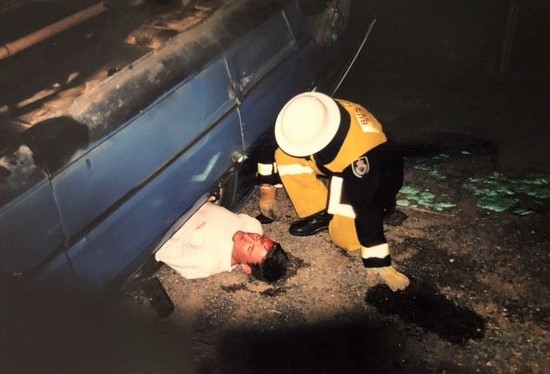
The Bushfire and Natural Hazards CRC has just published its research into the mental health and wellbeing of young emergency services personnel. In addition to the report, the project team developed a practical and useful framework and supporting resources to help establish and foster an environment for positive mental health and wellbeing in young adult (16-25 year old) fire and emergency service volunteers. The resources can be adapted for use at an individual, brigade/unit or organisational level, in order to “minimise the short and long term impacts of exposure to potentially traumatising events, and to maintain and promote mental health and wellbeing more generally”.
You can read the final Positive mental health in young adult emergency services personnel report and access the supporting resources on the AFAC website at https://www.bnhcrc.com.au/resources/volunteer-mental-health.
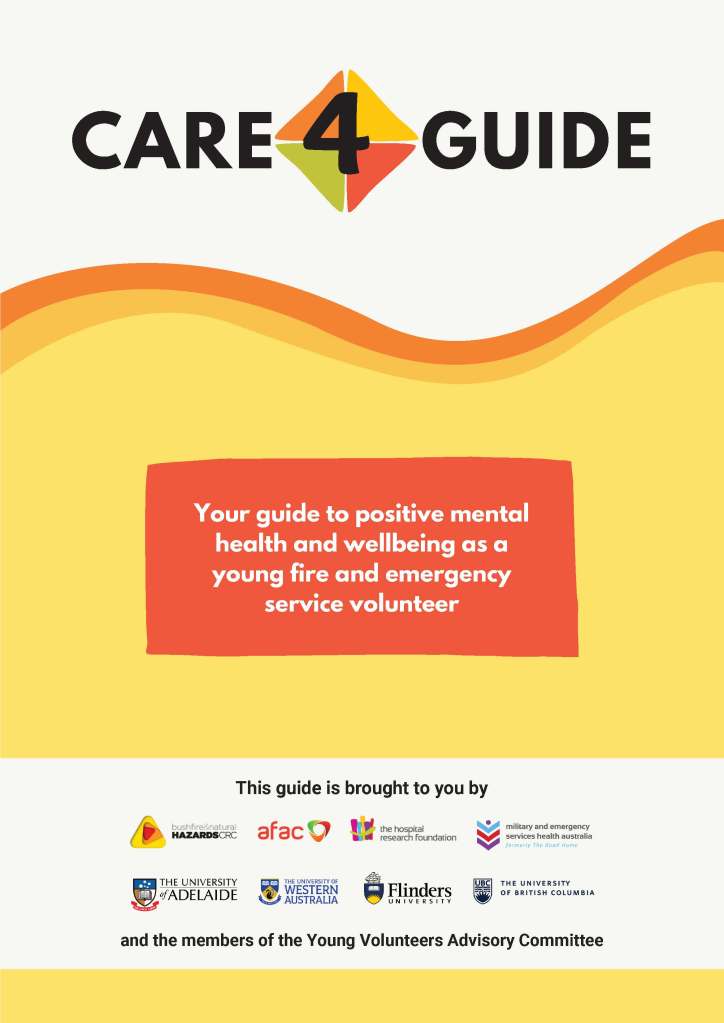

Leadership Challenge
Include a mental health ‘check up’ with your team on the agenda of the next meeting you have together. Giving members a regular 15 minutes to check in with a team mate to hear how things are going, what they have kept busy with during lockdown and how they feel about coming back to training nights and meetings will help people feel more confident about reaching out when they need it most. It also builds a stronger team environment for when they need to rely on and trust each other during incident response.
* This training activity involved volunteers as ‘injured persons’. The person in the car is my brother. He was not hurt in the process. 🙂
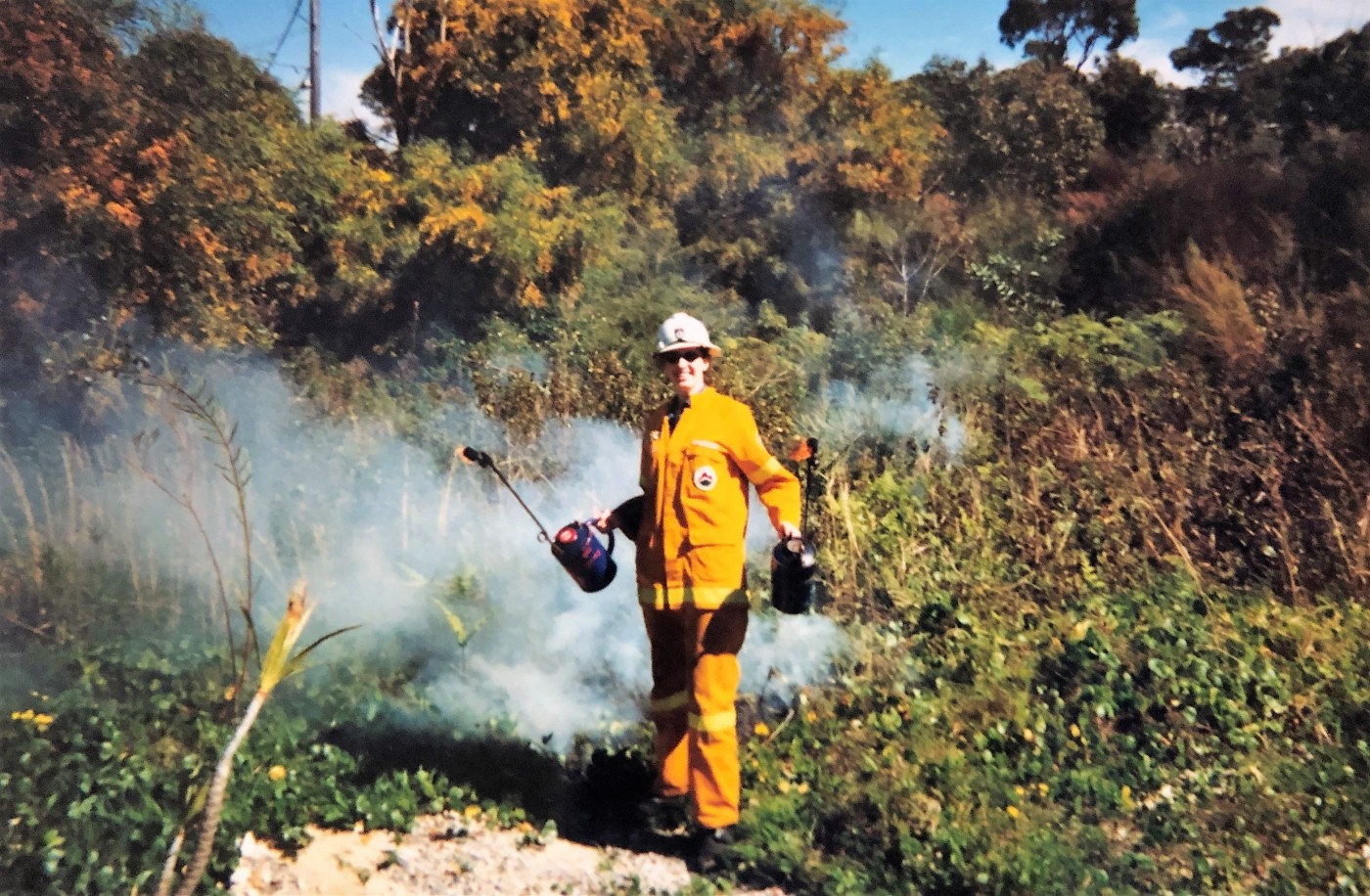
Leave a comment